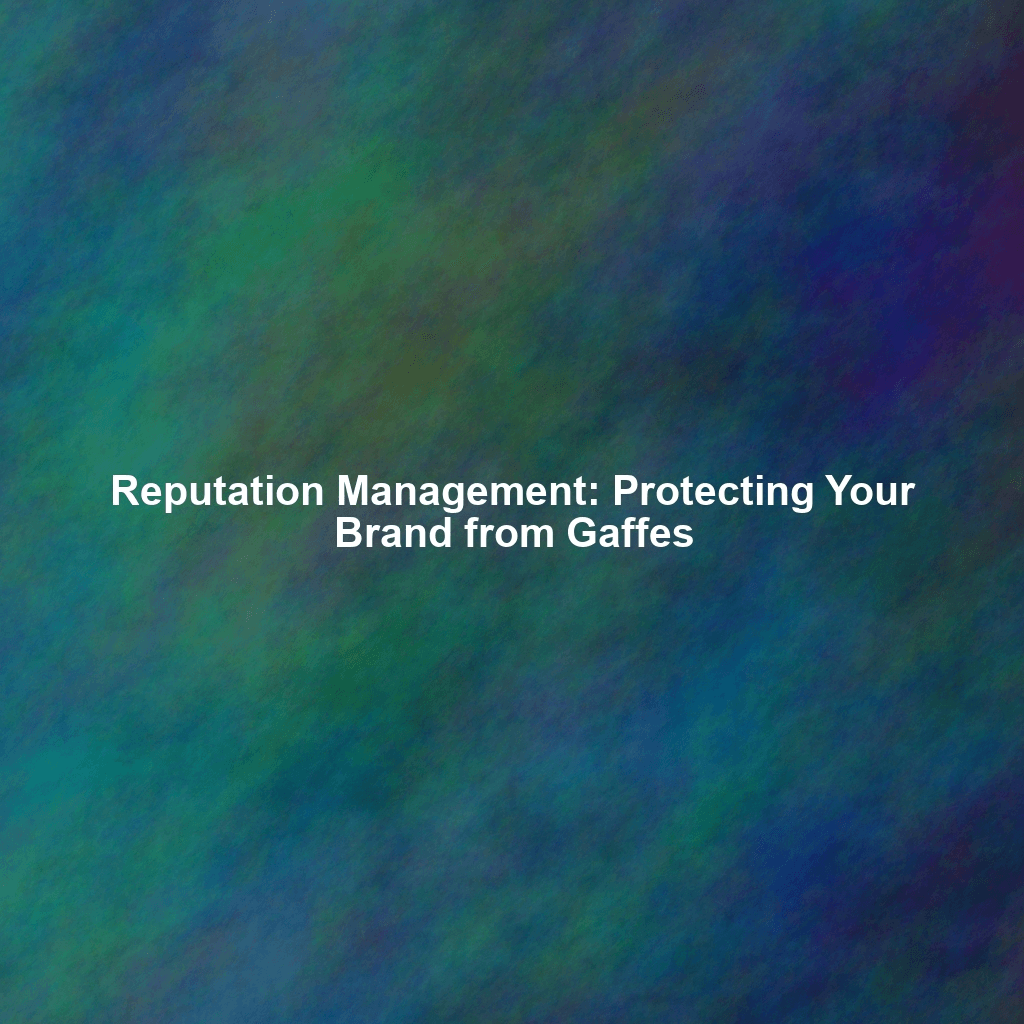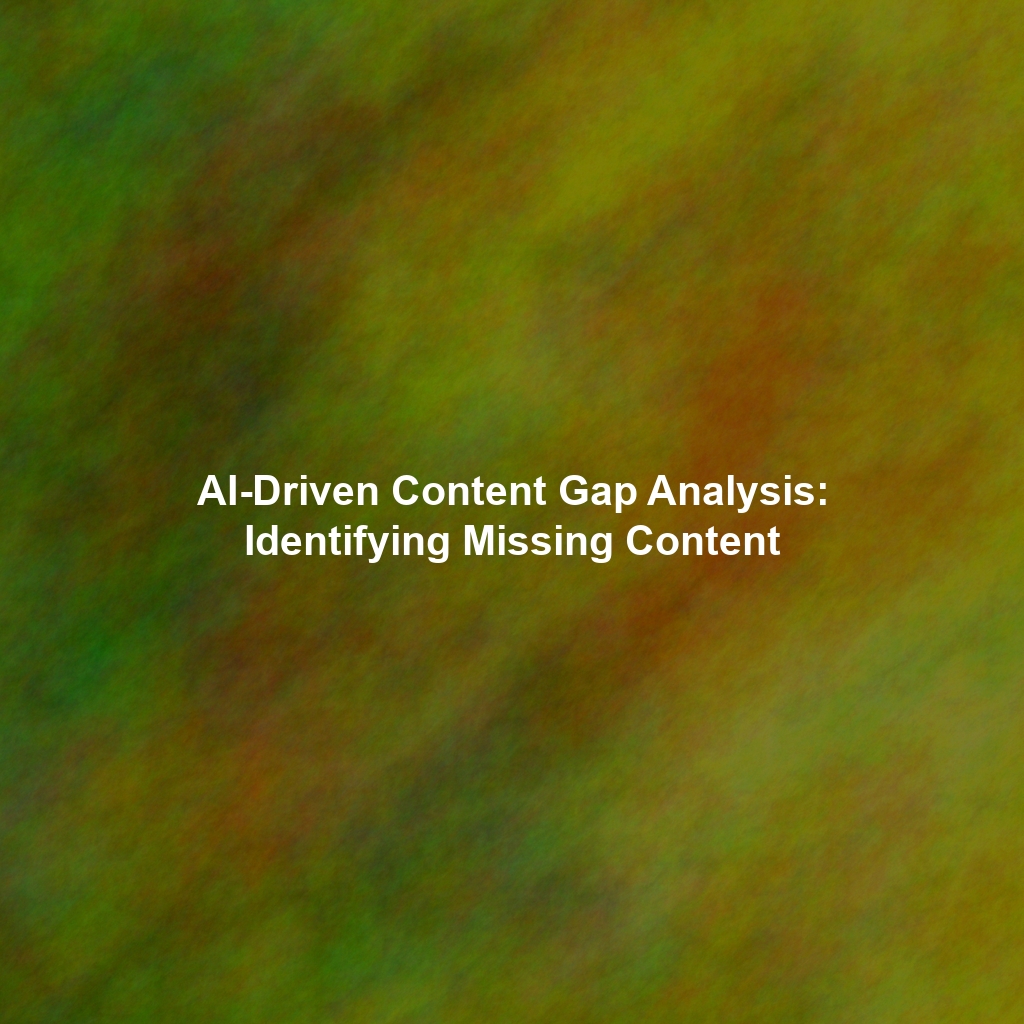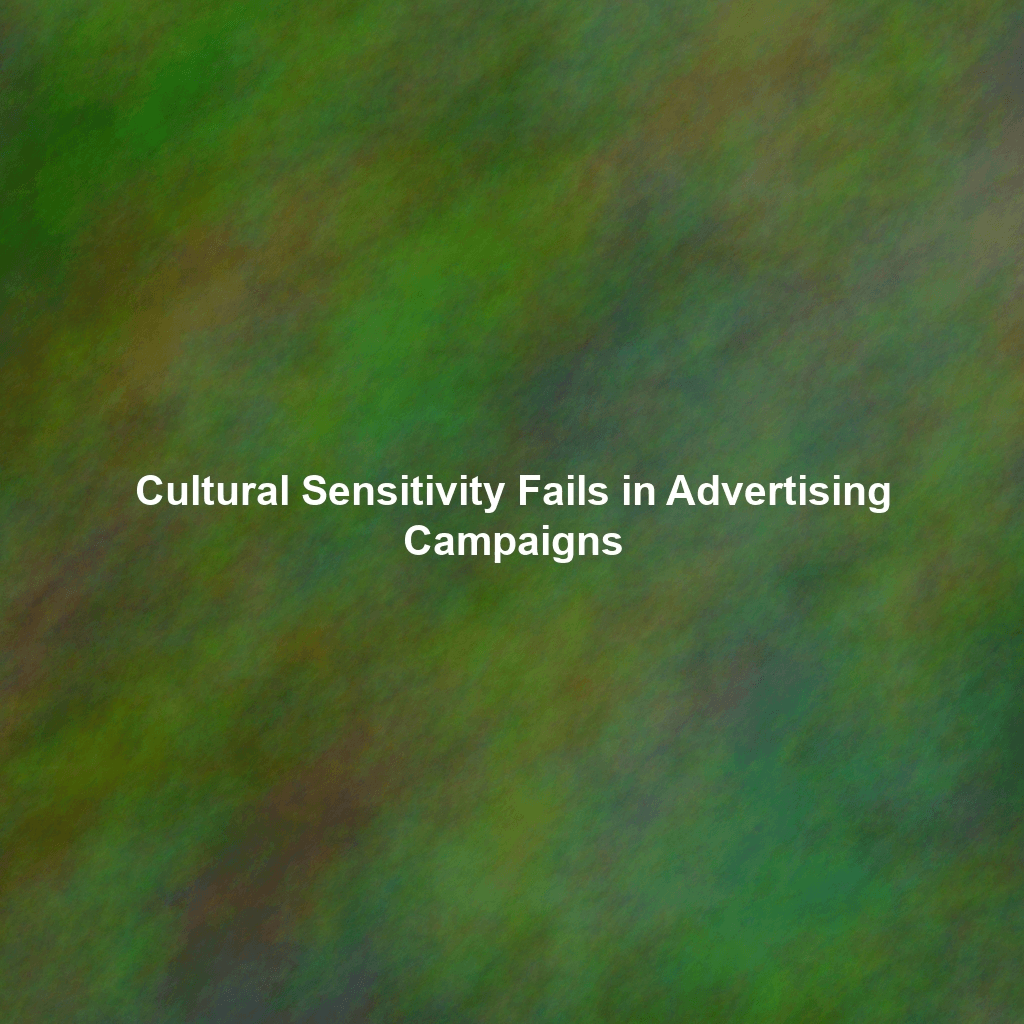Navigating the Minefield: Reputation Management in the Age of Viral Gaffes
This article dives deep into the world of reputation management, offering actionable strategies to protect your brand from potential gaffes and navigate the inevitable crises that may arise. We’ll move beyond superficial platitudes and provide practical advice you can implement immediately to safeguard your brand’s image and maintain a positive online presence. We will avoid telling any tales of hilarious marketing gaffes and go straight to brand protection strategies.
Understanding the Landscape: What is Reputation Management?
Reputation management is the process of monitoring, influencing, and controlling the perception of a brand, individual, or organization. It encompasses a wide range of activities, including:
- Online Monitoring: Tracking mentions of your brand across social media, review sites, news articles, forums, and other online platforms.
- Content Creation: Proactively creating and sharing positive content that showcases your brand’s values, expertise, and commitment to customer satisfaction.
- Search Engine Optimization (SEO): Optimizing your online presence to ensure that positive information about your brand ranks prominently in search engine results.
- Social Media Engagement: Actively engaging with your audience on social media, responding to comments and questions, and addressing concerns in a timely and professional manner.
- Crisis Management: Developing a plan to address negative publicity, manage crises, and mitigate reputational damage.
Effective reputation management isn’t just about reacting to negative events; it’s about building a strong foundation of trust and goodwill that can withstand the occasional misstep. A proactive approach is key to long-term success.
Prevention is Better Than Cure: Avoiding Marketing Gaffes in the First Place
The best way to protect your brand’s reputation is to avoid making gaffes in the first place. While mistakes are inevitable, taking the following steps can significantly reduce the risk of a PR disaster:
1. Know Your Audience:
Thoroughly understand your target audience’s values, beliefs, and sensitivities. What resonates with them? What offends them? Conducting market research, analyzing social media trends, and engaging in direct dialogue with your customers can provide valuable insights.
2. Embrace Diversity and Inclusion:
Ensure that your marketing materials are inclusive and representative of diverse communities. Avoid stereotypes, biases, and language that could be perceived as offensive or discriminatory. Seek feedback from diverse stakeholders to identify potential blind spots.
3. Double-Check Everything:
Before launching any marketing campaign, carefully review all content for potential errors, ambiguities, or misinterpretations. Proofread text, scrutinize images, and consider the potential implications of your message from different perspectives. A fresh pair of eyes can often catch mistakes that you might miss.
4. Have a Clear Approval Process:
Establish a formal approval process for all marketing materials, involving multiple stakeholders with diverse backgrounds and perspectives. This ensures that content is reviewed from different angles and that potential issues are identified before they go live.
5. Train Your Team:
Provide your marketing and communications teams with comprehensive training on reputation management, crisis communication, and cultural sensitivity. Equip them with the skills and knowledge they need to make informed decisions and avoid potential pitfalls.
6. Consider the Current Climate:
Be aware of current events and social issues that could impact your marketing message. A joke that might have been acceptable in the past could be perceived as insensitive or offensive in the current climate. Pause campaigns if needed to avoid being seen as opportunistic or uncaring.
Crisis Management: When the Inevitable Happens
Despite your best efforts, a marketing gaffe may still occur. When it does, it’s crucial to have a crisis management plan in place to mitigate the damage. Here’s a step-by-step guide:
1. Acknowledge the Issue Immediately:
Don’t try to ignore or downplay the situation. Acknowledge the issue promptly and publicly, even if you don’t have all the answers yet. Silence can be interpreted as indifference or guilt, which can further damage your reputation.
2. Take Responsibility:
If you made a mistake, own up to it. Apologize sincerely and take responsibility for your actions. Avoid making excuses or blaming others. A genuine apology can go a long way in restoring trust.
3. Explain the Situation Clearly:
Provide a clear and concise explanation of what happened, why it happened, and what steps you are taking to address the issue. Be transparent and honest in your communication.
4. Offer a Solution:
If possible, offer a concrete solution to the problem. This could involve issuing a correction, donating to a relevant cause, or implementing new policies to prevent similar incidents from happening in the future.
5. Monitor the Conversation:
Closely monitor social media and other online channels to track the conversation and address any concerns that arise. Respond to comments and questions in a timely and professional manner. Don’t engage in arguments or get defensive.
6. Learn from Your Mistakes:
After the crisis has subsided, take the time to analyze what went wrong and identify areas for improvement. Update your crisis management plan and training programs accordingly. Use the experience as an opportunity to learn and grow.
Tools and Resources for Reputation Management
Several tools and resources can help you monitor and manage your online reputation:
- Social Media Monitoring Tools: Brandwatch, Mention, Hootsuite, Sprout Social. These tools allow you to track mentions of your brand across social media platforms.
- Review Management Platforms: Birdeye, ReviewTrackers, Podium. These platforms help you monitor and respond to online reviews.
- Google Alerts: A free tool that sends you email notifications whenever your brand is mentioned online.
- Reputation Management Agencies: These agencies specialize in helping businesses manage their online reputation.
Investing in these tools and resources can significantly enhance your ability to identify and address potential reputational threats.
The Ongoing Commitment: Reputation Management as a Continuous Process
Reputation management is not a one-time fix; it’s an ongoing process that requires constant attention and effort. You must consistently monitor your online presence, engage with your audience, and proactively manage your brand’s image.
By embedding reputation management into your overall business strategy, you can build a strong foundation of trust and goodwill that will protect your brand from the inevitable bumps along the road. Remember, your reputation is one of your most valuable assets. Protect it wisely.
In Conclusion: Safeguarding Your Brand’s Future
In today’s volatile online landscape, protecting your brand from marketing gaffes and reputational damage is paramount. By understanding the principles of reputation management, implementing proactive prevention strategies, and developing a robust crisis management plan, you can navigate the minefield of public opinion and maintain a positive brand image. The key is vigilance, adaptability, and a genuine commitment to building trust with your audience. Embrace the challenge, invest in the right tools and training, and ensure your brand’s reputation remains a valuable asset for years to come. Your brand’s future depends on it.
 Skip to content
Skip to content

